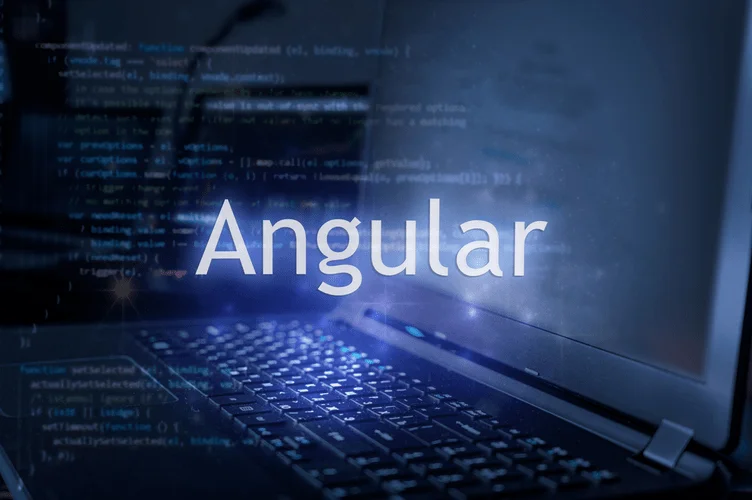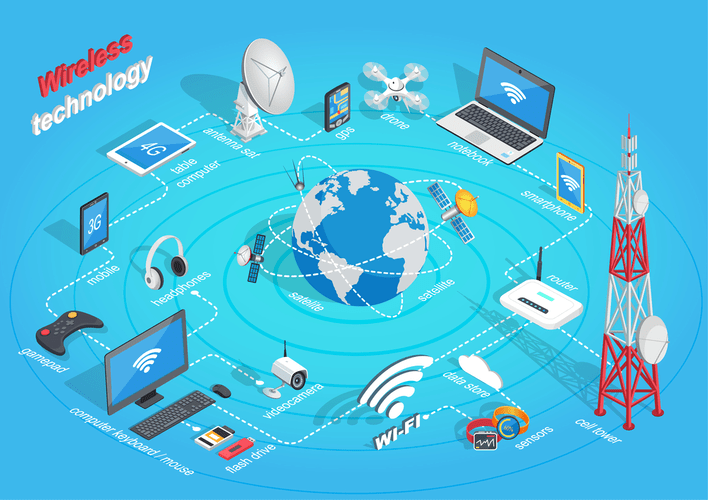Docker permits the automation of this setup & installation work so new builders may be productive from the primary day. Instead of doing every thing manually, they merely run one command that can prepare the event setting for them. This saves lots of time, and the bigger your growth team and higher rotation, the more you will acquire through the use of Docker desktop.
Then the person can construct and start all of the providers from their setup with a single command. A new container layer is created each time a container is formed from a Docker image. Changes to the container, which suggests including or removing information, are only saved to the container layer and are solely seen while the container is working. This iterative image-creation process improves general effectivity because quite a few live container instances can run from a single base picture and share a stack. Obviously the Docker container they’re working also includes all the identical dependencies and file structure as production, that means much less chance of these pesky production-only bugs.
But when a enterprise grows and evolves, so do the server necessities. In the fast-paced enterprise environment, web infrastructure must be flexible sufficient to adapt shortly. Both to ensure that your website won’t crash and that the prices of the infrastructure correspond to the actual wants. And because Docker containers are unified and very well adopted, containerized apps can be launched in nearly any server environment.
For tens of millions of builders at present, Docker is the de facto normal to construct and share containerized apps – from desktop, to the cloud. We are constructing on our distinctive connected expertise from code to cloud for developers and developer groups. Developers add new libraries, services, and other dependencies to the software day by day. The extra complicated turns into your software the tougher it is to maintain observe of all of the elements that are required for it to run. Without Docker, all the adjustments in the project setup should be communicated to other developers and documented. Otherwise, their model of the code will stop working, they usually won’t know why.
Why You Want To Use Docker And Containers
If you put an old style monolithic or SOA-style app in a container, you finish up with, properly, an old app in a container. That doesn’t make it any more useful to your work; if something, it would make it less useful.

This can sometimes be right down to sluggish cumbersome steady integration (CI) processes that take ages to run checks. Docker Compose is a software bundled with Docker, which lets you start whatever applications you need utilizing a easy YAML or JSON specification. On the flip facet, this also implies that when the applying will get examined throughout it’s path to production, it’s less probably that we’ll have a bug in manufacturing that didn’t manifest within the check setting. Software in a container could be safer by default than software program run on naked steel, however that’s like saying a home with its doorways locked is safer than a home with its doors unlocked. It doesn’t say something concerning the situation of the neighborhood, the seen presence of valuables tempting to a thief, the routines of the folks dwelling there, and so forth.
We have already got CI and CD pipeline to detect and spot any errors attributable to the difference in setup or environment configuration. Not to mention Staging or QA environments dedicated to catching any issues which are in any other case missed by automated exams. Although it sounds useful, I’m not satisfied we should always run applications via Docker domestically.
Similarly, I assume it’s the same with using Docker for local development. Most of the time, the repo or app structure shouldn’t be that complicated where Docker is necessary. Simplify your growth process with streamlined deployment using a single command.
It allowed me to see how groups do issues in one other way and the pros/cons of each method. In this blog, I need to share some of my observations on utilizing Docker for local growth. Ensure your purposes run constantly across numerous environments, fostering reliability and eliminating compatibility points.
Earlier Than Docker Containers
Multiple Docker photographs can be created from a single base picture, and they’ll share the commonalities of their stack. Starting from a base picture, each change you make to a container or picture becomes a new layer in the file system. As a result, file system layers are cached, decreasing the variety of repetitive steps in the course of the Docker construct process AND lowering the time it takes to upload and download related images.
Someone has to prepare the initial project setup for Docker (Dockerfiles, docker-compose.yml, entry factors, etc.) and keep it in the future. So in case your app is relatively simple and does not require any further tools or companies, you could start with out Docker. I assume your software runs in a minimal of two different environments – developers’ computer systems, some servers, steady integration runners.
- In this weblog, we’ll discuss why docker must be leveraged for local software development and testing.
- This makes developers’ lives easier as a result of they will rapidly get everything they should run an software started in their native growth setting.
- Containers revolutionize developer onboarding by providing a duplicate of the exact environment in which an software shall be examined and executed.
- Containers are extensively known as “lightweight,” implying that they share the machine’s working system kernel and eliminate the overhead of associating an working system with every application.
- Naturally, putting in on naked steel made the software painfully tough to maneuver around and difficult to update—two constraints that made it onerous for IT to reply nimbly to modifications in business wants.
- Similarly, I think it’s the same with using Docker for local improvement.
Docker Hub is generally used for internet hosting pictures, but it is also used for consumer authentication and image-building automation. Individuals or organizations who contribute pictures to Docker Hub usually are not checked or verified in any means. Features like auto-scaling, rolling deployment, and rollbacks imply https://www.globalcloudteam.com/ that developers can sleep a little higher at night knowing that if issues do occur, to some extent the framework can take of things. One of the developer’s primary pain factors is the size of time it takes from writing the code to it being delivered into manufacturing.
Your Improvement Staff Consist Principally Of Macbook Customers
Even in such a simple case, you can notice inconsistent behaviour of your app between the machines it runs on. Something that worked on a developer’s computer could not work on the server (different setup, different operating techniques and so on.). And the number of issues grows with every new environment – like another server (test server vs production server) or just another developer’s computer with a unique working system. Docker permits you to run the software program in containers separated from the surface world, so your app can work in a constant, predictable means in every setting. This makes deployment more predictable, as the same picture is getting deployed to your production and test environments. This takes any surprises out of the equation, as we are ready to be certain that the application and it’s dependencies will be deployed in the same way.

Although you might get benefits from containerizing your purposes after the very fact, you get probably the most value whenever you take a container-first strategy. It contains pictures that have been produced by Docker, Inc., licensed pictures belonging to the Docker Trusted Registry, and lots of hundreds of other pictures. Docker photographs contain executable software supply code in addition to all the tools, libraries, and dependencies that the appliance code must run as a container. When you run the Docker picture, it becomes one instance (or a quantity of instances) of the container. In our experience, it may be difficult to assist these instruments across a number of operating methods if they’re installed natively. Instead, we try to push as many of these into containers as possible.
Variations In Development And Manufacturing Environments
See how a managed cloud providers method helps mitigate potential pressure between traditional IT administration and DevOps tradition. Docker daemon is a service that creates and manages Docker images, using the commands from the consumer. Essentially Docker daemon serves as the management center of your Docker implementation. The server on which Docker daemon runs known as the Docker host. While Adnovum specializes in web and cellular software development, within those boundaries we utilize a broad range of technologies.

Any host with the Docker runtime installed—be it a developer’s laptop or a public cloud instance—can run a Docker container. Dockerfiles are often written to be used within the Production environment, so debugging is turned off by default. Maybe we are in a position to change the Dockerfile, build it locally then use that image to run the app with debugging turned on? How about in situations dockers software the place the repo would not embrace the Dockerfile it needs, as a substitute it pulls Production docker photographs to run the app locally. It seems if you would like to modify the docker picture, you need to go on a treasure hunt and find it in another repo.
They can also download predefined base photographs from the Docker filesystem to use as a beginning point for any containerization project. In case you wish to make certain you’ll be utilizing the actual same picture as before, you can start to refer to photographs through their digest. While utilizing digests brings you closer to truly reproducible builds, it also means if the authors’ of a base image problem a model new image version beneath the same tag, then your builds won’t be utilizing the most recent version.
Immutability means our dependencies, and our merchandise, for that matter,by no means change after they’re constructed. In reality, Docker tags are mutable by design, and this can be confusing at first if you’re accustomed to SemVer. Along these lines, the time wanted for hands-on experimentation could be hard to come back by. Developers typically don’t have the out there time or bandwidth to allocate engineering cycles to one thing new, especially after they already have a working resolution. Understandably, they might rather spend time developing their product.






